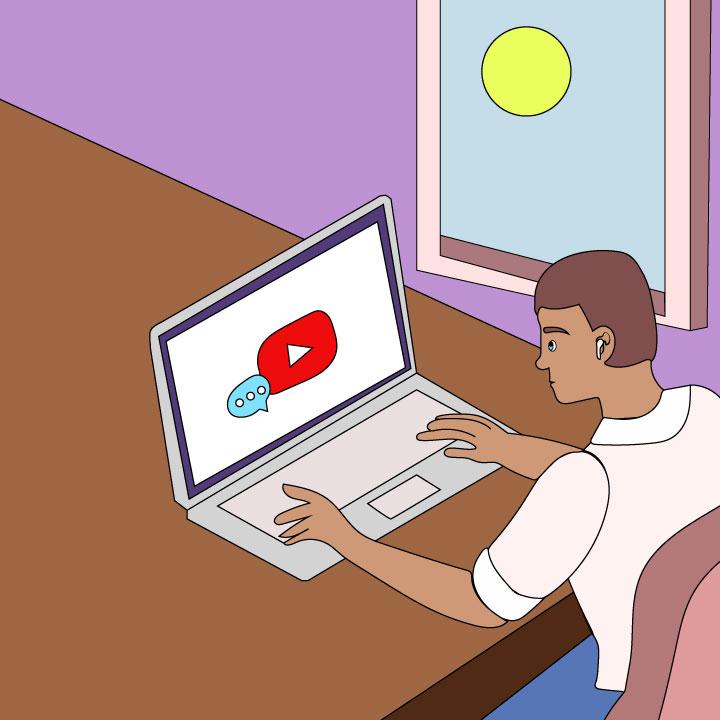While remote learning can negatively impact motivation, engagement, and curiosity, there are ways to help stressed out students.
Emily Greene suggests 5 things that parents can proactively do at home to help their kids better manage the challenges of the disruption to schooling, and for some, the partial return to in-person learning.
As she writes in her book, “School, Disrupted”, parents can help to uplift and inspire their kids by trying these things, which in turn will also help teachers!
1) Make sure your child has free time/down time every day. This is necessary to activate an important brain network called the Default Mode Network (DMN). Scientists know that the DMN is intricately tied to curiosity, creativity, and imagination which can help boost engagement and motivation in these challenging times.
2) Curate their curiosity. Asking questions stimulates curiosity, which is directly tied to engagement and joy in learning. Parents can help jostle our children out of the “circle the correct choice” mindset and make way for open-ended questions that are vital to learning. As parents, we can be too quick to provide advice, opinions, and answers. To foster curiosity, try to hold back, ask questions, and listen. In an article for the Harvard Educational Review, Susan Engel of Williams College argues for the promotion of curiosity in schools, calling for a “shift in the way we see the traditional role of a teacher from one who answers questions to one who elicits them.” Let this be your guiding principle–eliciting questions will uncover a treasure trove of curiosity.
3) Encourage kids to get hands-on. Ask them what they want to create, make, or build. Doing activities that are off the computer and are hands-on engage them in learning in new ways. Other ways to get hands-on are to go outside. Or, take a virtual field trip!
4) As parents, we can also help teachers come up with ideas to integrate more fun and engagement into Zoom-based lessons. Teachers have a tough job right now trying to engage both in-person and remote learners. Sharing Zoom Boosters, (found in Emily’s book) shows that you care and are engaged in being part of the solution.
5) Encourage your child to get creative with their assignments–for example, by self-advocating for choice in projects. If the teacher plans to give a multiple-choice unit test, urge your child to ask if they can make a poster, a brochure, or a podcast covering the subject matter instead. If they are uninspired by the list of writing prompts for a class paper, encourage them to ask the teacher about selecting a personalized prompt that they are more excited to write about. When they are given an assignment, encourage them to ask the teacher, “Can I make a short film for my final? Can I write a short story? Can I put on a play? Can I build a contraption that would demonstrate this principle of physics?” The worst that can happen is the teacher says no—but more often than not, teachers appreciate the initiative because they know it shows a passion for learning during a very tough time due to the pandemic.
Emily Greene (www.emilygreene.com) is author of School, Disrupted: Rediscovering the Joy of Learning in a Pandemic-Stricken World in which she shares her experience educating her children inside and outside of traditional schools. She developed the Kiddovate program, working with hundreds of teachers and students. She also is cofounder of VIVA Creative, where she and her team create live and digital experiences. When the pandemic shut down the event industry, Greene co-led VIVA in rethinking how to bring people together in a global pandemic. In 2020, she received an Ernst & Young Entrepreneur Of The Year® award recognizing innovation during adversity.






